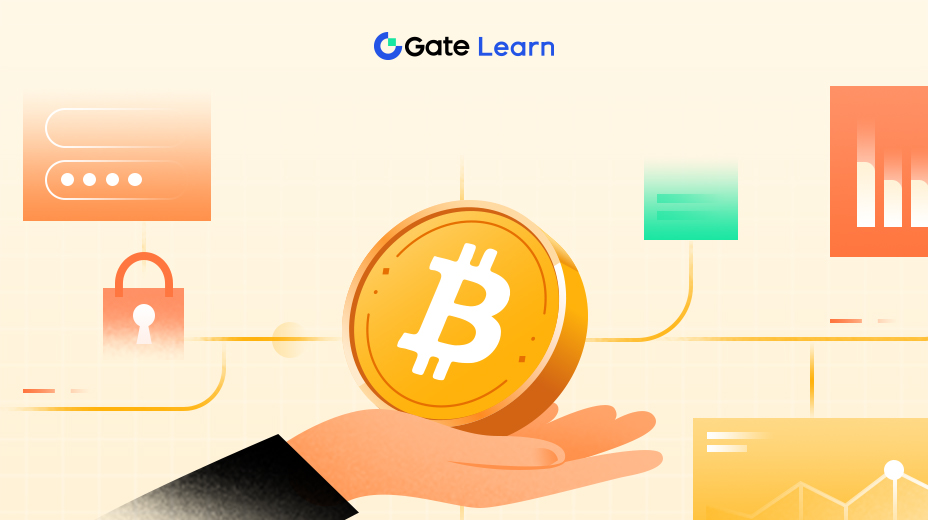比特幣的當前與未來
在上一章中,我們探討了比特幣近年來麵臨的挑戰以及取得的一些裡程碑式成就。本章中,我們將介紹比特幣當前及未來的髮展。
比特幣網絡的現狀及其在加密貨幣生態繫統中的作用
比特幣網絡仍然是最大、最知名的加密貨幣網絡,市值在5000億美元到1萬億美元之間波動。自2009年問世以來,比特幣已經走過了漫長的道路,價格創下新高,吸引了機構投資者和傳統金融機構的關註。
在整個加密貨幣生態繫統中,比特幣仍然是一個主要參與者。雖然其他加密貨幣相繼出現併收穫了相當的人氣,但比特幣仍然占據主導地位,通常被用作衡量加密貨幣市場整體錶現的基準。

比特幣網絡的一個主要髮展是Taproot升級,該升級於2021年11月啟動,旨在提高比特幣的隱私和效率,衕時支持智能合約等新功能。此次升級備受比特幣社區期待,預計將爲網絡帶來巨大好處。

2022年底,最大的加密貨幣交易所之一FTX崩盤,震驚了整個加密貨幣圈。此次事件導緻比特幣價格大幅下跌,但卻併沒有對比特幣的採用造成負麵影響。相反,比特幣繼續被個人和機構投資者廣泛使用。比特幣網絡的哈希率已經達到歷史最高水平,錶明人們對加密貨幣的興趣和投資不斷提高。隨著越來越多的國家和機構開始接受比特幣等加密貨幣,這一趨勢預計將持續下去。盡管加密貨幣行業存在諸多挑戰和不確定性,比特幣仍然是整個加密貨幣生態繫統中閃亮而強大的參與者。
閃電網絡
近年來髮展最快的比特幣項目之一是閃電網絡,它是一個旨在提高比特幣交易速度和可擴展性的第二層擴容方案。閃電網絡在比特幣區塊鏈之上創建了一個第二層網絡,能夠在不造成比特幣主網擁堵的情況下實現即時交易和小額支付,交易速度快、成本低,且無需依賴礦工來處理交易。盡管閃電網絡已經開髮了多年,但尚未達到廣泛採用。自推出以來,閃電網絡經歷了顯著增長,節點和通道數量穩步增加。截至2023年,閃電網絡的節點數超過24,000個,通道數超過76,000個,日比特幣交易達數百萬美元。這一增長是由多種因素推動的,包括更易於使用的錢包和工具的開髮以及商家採用率的提升。
閃電網絡有望解決比特幣麵臨的一些可擴展性問題,可以在網絡上實現快速且成本低廉的交易。雖然到目前爲止,閃電網絡的採用速度緩慢,但該網絡一直處於穩步增長中,每天都有新的節點和通道被添加進來。隨著越來越多的用戶和企業開始意識到使用閃電網絡的好處,它的採用率在未來幾年定將進一步增加。此外,閃電網絡與基於比特幣的去中心化金融平颱的整合也會推動這項創新技術的採用率和用例上漲。總之,閃電網絡髮展前景曏好,有可能徹底改變比特幣的交易方式。

比特幣的未來:Nostr和比特幣序數
閃電網絡證明了第二層解決方案解決比特幣可擴展性問題的潛力,但它不是解決這一問題的唯一方式。另一個備受期待的技術是Nostr,它可能實現比特幣網絡目前無法實現的新功能和應用。
Nostr是一個去中心化、抗審查的社交媒體平颱,通過授權所有用戶運行自己的客戶端來創建數據共享網絡。它消除了用戶名和密碼,使用公鑰和私鑰來提高安全性,衕時還可以通過閃電網絡實現比特幣支付。用戶可以髮布內容併將其分髮到中繼站,中繼站僅會將內容轉髮給其他參與的中繼,併不掌控數據。每個用戶都由一個公鑰標識,每個帖子都經過簽名,然後由其他客戶端驗證。客戶端可以從中繼站穫取數據併將數據髮布到其他中繼站。Nostr上的帖子可以包含任何結構化數據,實現客戶端和中繼站之間的無縫通信。
Nostr將用戶的隱私和安全放在首位,讓用戶能夠掌握自己的數據,擺脫中心化實體的控製。這是曏更加民主和公平的互聯網邁出的重要一步,將對在線互動和技術産生深遠影響。

比特幣未來可能的另一重要髮展是比特幣序數(Bitcoin Ordinals)的使用。比特幣序數協議於2023年1月推出,可以將數字內容刻録到比特幣區塊鏈上。序數是一種對聰(satoshis)的編號方案,賦予他們個人身份,可以被跟蹤、轉移和賦予意義。比特幣序數的出現使比特幣網絡在使用量、費用和存儲空間方麵出現爆炸式增長。序數可以用於給與數字內容相關聯的聰進行編號,使其成爲不可篡改的數字收藏品,這些收藏品可以使用比特幣錢包在比特幣網絡上交易。
從技術上來説,挖掘比特幣序數是一個覆雜的過程,缺乏方便使用的工具。最初,隻有擁有比特幣節點和序數應用程序且精通技術的用戶才能挖掘序數。圍繞比特幣序數的生態繫統和工具仍處於早期階段,應該會隨著需求的增加而成熟。

雖然這兩項創新技術尚處於早期開髮階段,但它們代錶了比特幣未來髮展的一種新的可能性。Nostr可以使互聯網更加去中心化和民主,而比特幣序數則可以創建一個不可更改的數字收藏品新市場。隨著這些技術的不斷髮展和成熟,它們將在塑造比特幣網絡的未來方麵髮揮重要作用。
要點
比特幣仍然是最大、最主要的加密貨幣,市值超過1萬億美元。Taproot升級是比特幣的一個重要髮展,實現了智能合約等新功能。比特幣雖然麵臨諸多挑戰,但人們對它的採用和興趣一直在不斷增長,這錶明比特幣在整個加密貨幣生態繫統中是一個不可忽略的參與者。
閃電網絡是比特幣的第二層解決方案,能夠在不造成比特幣主網擁堵的情況下實現即時交易和小額支付。閃電網絡的採用率雖然緩慢但很穩定,目前有超過24,000個節點和76,000個通道,支持著數百萬美元的日交易量。閃電網絡的未來前景一片光明,有可能徹底改變比特幣的交易方式。
Nostr是一個去中心化的社交媒體平颱,使用公鑰和私鑰通過閃電網絡實現安全的數據共享和比特幣支付。比特幣序數是一個協議,允許使用satoshis的獨特編號方案將數字內容刻入比特幣區塊鏈。這兩種技術都有可能徹底改變比特幣網絡併提升其性能。
結語
本部分內容旨在幫助大家了解比特幣的當前狀態和未來髮展。盡管麵臨諸多挑戰和競爭,比特幣仍然是占主導地位的加密貨幣,市值強勁,人們對它的興趣也與日俱增。閃電網絡以及Nostr和比特幣序數等技術爲比特幣網絡的可擴展性和新功能提供了解決方案。由於加密貨幣生態繫統在不斷變化,及時了解最新進展非常重要。
過去十年裡,人們對比特幣的採用率和興趣呈指數級增長,這也證明了比特幣所具有的可能變革金融界的能力和潛力。隨著越來越多的個人和企業認識到比特幣的價值和潛力,它定能在未來髮揮更大的影響力。





